In the first of a new series of posts, ALLi's Children's Publishing Advisor Karen Inglis shares insights from The Bookseller's Children’s Conference. In this post, she highlights why it's of prime importance for indie authors to produce print editions when self-publishing books for young readers.
The London Bookseller’s Children’s Conference at the end of September offered a day of back-to-back presentations from across the industry, providing a snapshot of the children’s books market and what this means for publishers and authors. Here I provide an overview what felt most relevant for children’s pre-school and middle grade authors.
Stats and surveys results are mostly from the UK market, but offer global food for thought.
Print Rules!
Just in case there’s any doubt in your mind, print rules when it comes to children’s books.
Sales of children’s printed book sales in the UK were valued at £209m (24% of the entire print market) in the 34 weeks to 27 August 2016 – up 11.7% compared with a similar period the previous year.
While this huge jump is in part accounted for by the Harry Potter and the Cursed Child effect, the underlying figures in all sub-sets remained strong:
• pre-school print books sales up 8.5%
• novelty and activity books up 11%
• children’s fiction up 24% (includes the Harry Potter effect)
• World Book Day 2016 children’s book sales were up almost 5% on the previous year
In short, children love to read in print. And parents love to read print books with their children.
Consider this alongside a pre-conference Mumsnet survey in which only 5% of respondents said their independently reading children used an ereader all of the time and 68% said they never used one and it’s clear that your children’s book marketing strategy needs to focus on shifting print copies!
Children’s Book Buyer Profiles and Buying Behaviour
Nielsen consumer survey stats for 2015 show that 62% of children’s book buyers were female and 38% were male – something to bear in mind with online targeted marketing.
And sales stats presented by Sainsbury’s (a major UK supermarket chain) showed that highest spend took place at Christmas, followed by Halloween, with Easter, Father’s Day, Mother’s Day and school holidays the next busiest times. Again, useful to bear in mind for both book themes and advertising pushes.
Stats from Sainsbury’s also confirmed strong sales of children’s books in supermarkets generally (after the internet and bookshops). I have since contacted Nielsen whose 2015 consumer survey of children’s buyers reflects the key places for purchase as:
- 35.6% Online
- 23.5% Chain bookshops
- 5.4% Other bookshops
- 13.6% Supermarkets
- 5% Bargain bookshops
- A mix of non-specialist shops/venues/gifts shops/department stores and mail order make up the rest
While selling direct at school events is in my experience the most rewarding and profitable path, making connections with local bookshops and bookshops chains clearly isn’t something to ignore.
Children’s Magazines
UK print sales figures for children’s magazines are equally impressive, showing a 16.8% increase for primary age boys’ magazines in the year to May 2016 compared with the previous year, a 13.2% increase for primary girls’ magazines and a 2.7% increase for pre-school (source: Seymour/WHS Distribution). Egmont’s consumer research showed that parents see magazines as a treat with added educational activity value, great for reluctant readers thanks to the bite-size reading, a good way to help their children discover new books and a welcome relief from screen time.
My takeaway for indies: research suitable magazines for your story and offer book extracts, interviews or giveaways. I did this successfully with Eeek! last year with a footballing magazine.
Audio Books – Listen Up!
Audio is a growth area, including for children’s books, and certainly one to move into when your budget allows. It’s my guess this market will really take off once Audible makes it clearer how to buy their audio books without having to commit to a regular subscription.
And it certainly looks to be a potential case of ‘once bitten, smitten…’ Mumsnet reported that after a Puffin audio book product test, more than 95% of their participants said they’d consider buying more audio books in the future, citing usefulness for long journeys and children actively looking forward to going to bed to get started listening!
In future posts, I'll be looking at the best ways to reach the market for children's books online and at parents' buying patterns.
OVER TO YOU If you'd like to ask Karen Inglis any questions about this post or about her own experience of successfully selling her self-published children's books, please feel free to leave a comment. You may also like to follow her own blog for fellow children's authors at www.selfpublishingadventures.com.
#Authors: Why print rules for #kidsbooks - by @KarenInglis from @thebookseller Children's Conf #selfpub #childrensbooks Share on XANOTHER GREAT POST FOR INDIE AUTHORS OF CHILDREN'S BOOKS

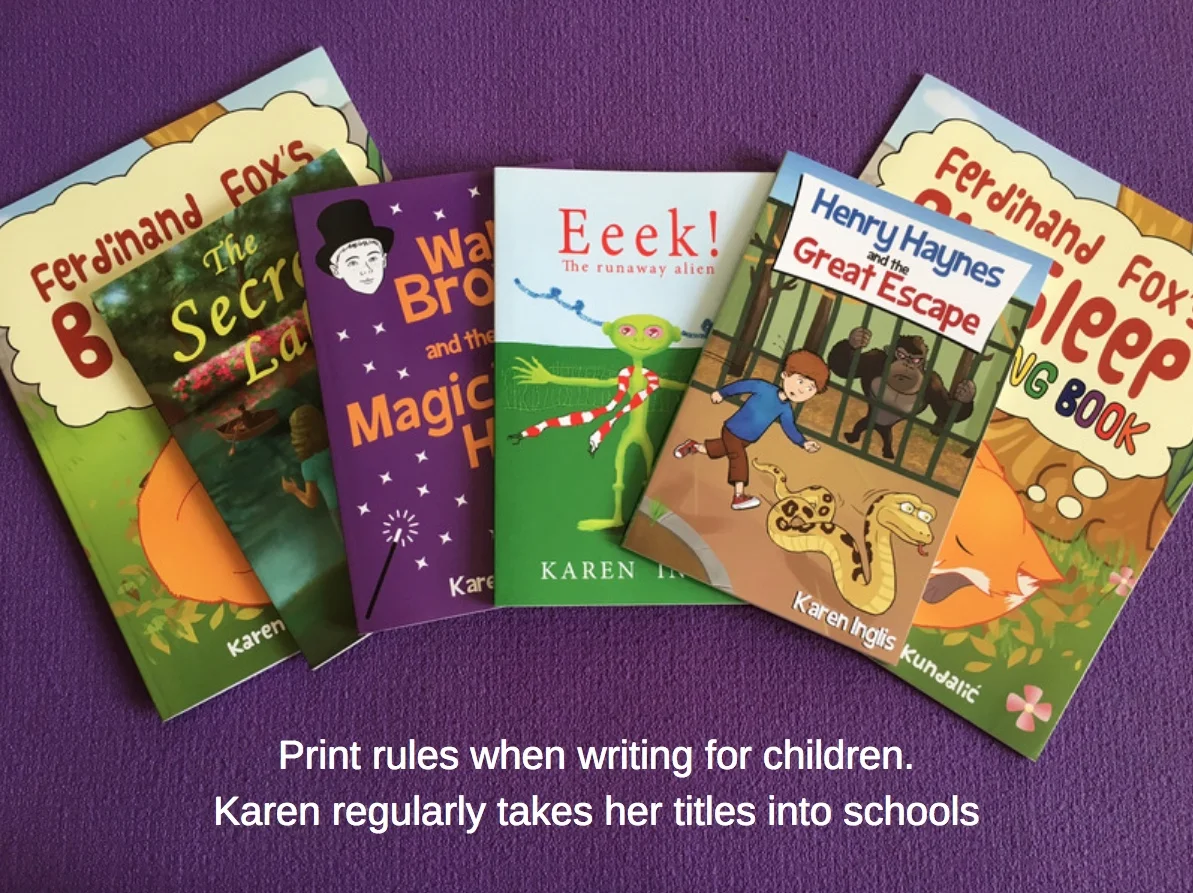
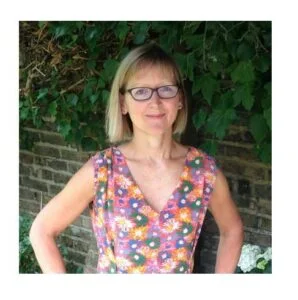
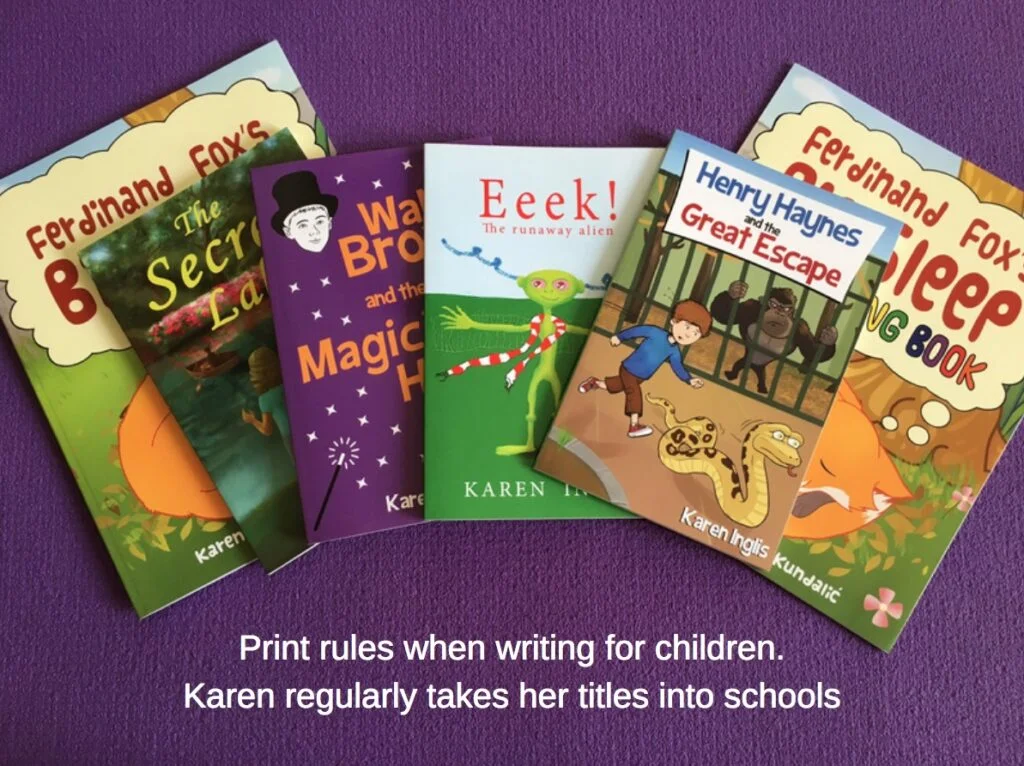
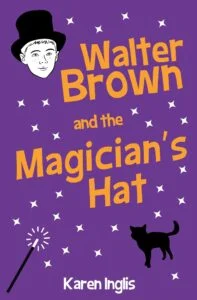
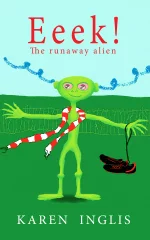



I appreciate it a lot because I was able to gain a lot of information. Moreover, it is worth reading.
Teaching kids responsibility can be difficult. The most appropriate way to do this is by giving them scenarios of the consequences they’d get if they have no sense of responsibility. Hopefully, these plot ideas Captivating Plot Ideas for Children’s Book will help you as you go through the writing process.
[…] Why Print Rules When Self-publishing Children’s Books […]
[…] Why Print Rules When Self-publishing Children’s Books […]
[…] Why Print Rules When Self-publishing Children’s Books […]
[…] Why Print Rules When Self-publishing Children’s Books […]
[…] Why Print Rules When Self-publishing Children’s Books […]
Good points, and I fullly agree. But what’s the trick to getting into supermarkets, etc. as an indie?
I can’t answer that Jennifer as I’ve not tried yet. But watch this space 🙂
Useful insights there – thanks Karen. See you in Winchester SCBWI conference in November.
Great! See you there, James – are you there both days?
Thanks, Karen. I hadn’t realised that children’s magazines were such a healthy sector. Good to hear.
Sorry for late reply, Alex – I agree. It’s good to know, especially if you have a niche genre that fits a niche magazine!
Hi Elliott – I’d recommend a combination of CreateSpace and Ingram Spark. My blog post here talks through the reasoning >> https://selfpublishingadventures.com/print-on-demand/
Use CS to sell on Amazon and Ingram Spark to sell online everywhere else and also to supply the print books you need for local bookshops and schools.
One other option is Clays for print copies if you’re in the UK but at present I’ve not had time to research it properly. I do hear good things about them though.
(NB With CreateSpace don’t opt for Extended Distribution as that will be covered by Ingram Spark — my blog post above covers this.)
Rome wasn’t built in a day so take it gradually 🙂 Get yourself up on Amazon and order a few copies to test market with and then build up gradually.
But before all of that be sure to go through the full feedback and editorial process to be sure you have a perfect /suitably targeted story and product!
Hope that helps. You’ll find more on marketing on my blog.
Karen
What self-publishing platform or platforms would you recommend for a children’s book?